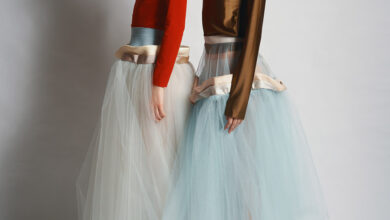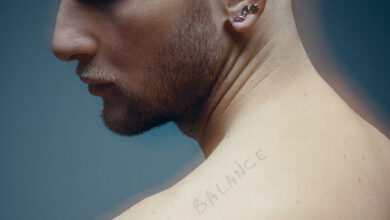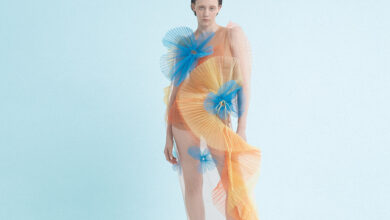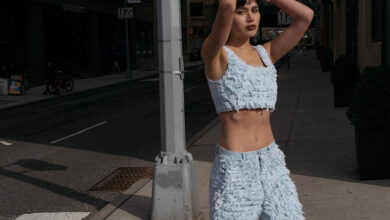FashionZoot loves
HARMONIC EPIPHANY OF FORMS: IRIS VAN HERPEN HAUTE COUTURE A/W 11-12
Presented last week in Paris, Iris Van Herpen’s Autumn/Winter 2011-12 Haute Couture collection featured new designs characterised by experimental constructions.
Text by Anna Battista
Throughout the years Dutch designer Iris Van Herpen has built up a successful professional portfolio that has won her the fashion press’ official recognition of her role as a representative of the architectural approach to fashion. Last week the designer presented in Paris pieces selected from her best collections together with new looks.
While it was interesting to see again some of the designs developed in conjuction with firm Benthem Crouwel Architekten and with architect, artist, sculptor and product designer Daniel Widrig, it was also refreshing to see craftsmanship combining with the highest level of technology in her new pieces characterised by complex shapes and innovative formal solutions.
Stratified looks, skeleton-like elements, ellipsoid bubbles and absurd geometric spaces created experimental constructions; plastic, metal and leather were assembled into sculptural shapes and compositional structures; soft plastic elements imitated shards of glass that, breaking through the fabric, designed explosive mineral formations similar to quartz crystals, while the materiality vs immateriality dichotomy was employed to achieve an epiphany of harmonic forms.

Zoot Magazine: What kind of materials did you use for the new designs like the dress with snake-like tubes coiling around the model’s body?
Iris Van Herpen: For the black twisted dress that looks a bit as if it were made of snakes or brains, I used black transparent handmade sheets. Under the sheets there is a layer of black transparent thin stretchy gauze-like fabric and, under the latter, there is a layer of satin. Some of the coiled and twisted bits of the dress were subtly moving to create the impression the dress was breathing. It wasn’t so clear during the show, but, when you take a close look, you can see this effect in a better way and the design almost looks alive. This is possible thanks to some special technical features inside some of the coiled bits, similar to little engines working like tiny polyamide bones.
 Zoot Magazine: Did you collaborate with an architect also on this collection and did you use any special digital processes to create your new designs?
Zoot Magazine: Did you collaborate with an architect also on this collection and did you use any special digital processes to create your new designs?
Iris Van Herpen: Yes, I collaborated with Isaie Bloch on the 3-D printed dress made from polyamide. Apart from collaborating with Isaie, I also worked with MGX.Materialise on the 3-D printed dress which was made with lasers.
Zoot Magazine: How do you feel at being among the youngest Haute Couture designers to showcase in Paris?
Iris Van Herpen: I am not sure if I have really realised it yet! It’s definitely a big honour for me and I must admit that, now that the show is done and it got such great feedback, I feel much more relaxed!
Zoot Magazine: What do you think about Haute Couture, will it continue to exist in future?
Iris Van Herpen: I am sure it will still exist, but not in the traditional way. I think in future it will have more value and not only from a commercial point of view.
Zoot Magazine: Did you follow the Haute Couture week and in case which designers did you enjoy?
Iris Van Herpen: Yes I did and I loved Givenchy!
Zoot Magazine: A while back you were featured in an exhibition at Amsterdam’s Arcam with a project developed with Dutch firm Benthem Crouwel Architekten, are you planning further collaborations similar to that one?
Iris Van Herpen: For that project I collaborated with Benthem Crouwel Architekten making a water-dress inspired by Jan Benthem and Mels Crouwel’s project for the renovation of the Stedelijk Museum. I do intend to work with other artists and designers this year and also next year, but I cannot say anything specific at the moment since we are still at the research stage.
IMAGES BY MICHEL ZOETER






















